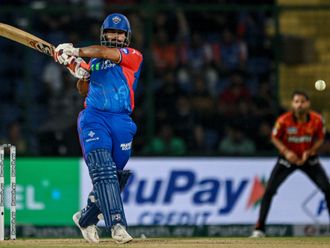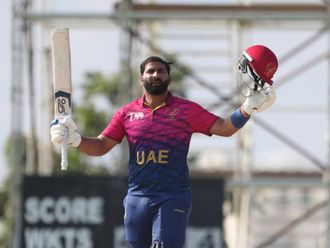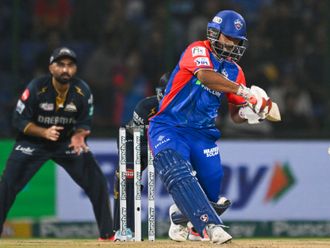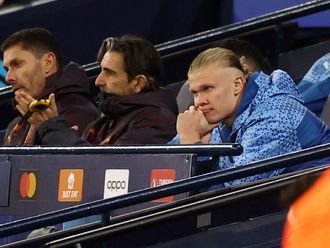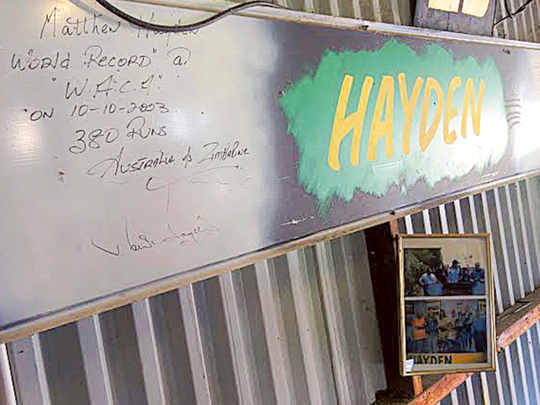
Perth: Tales about the fear factor associated with the Western Australia Cricket Association (Waca) pitch abound in cricketing folklore. Widely regarded as the fastest and most bouncy wicket in the world, the people of Perth take great pride in the famous strip despite the telling impact it has had on the psyche of batsmen over the years.
The UAE batsmen got a taste of what the pitch holds when they batted against India last Saturday. They realised that even a spinner like Ravichandran Ashwin can be menacing due to the bounce of the wicket. Some visiting teams have called the pitch: ‘The Green Monster’.
On Monday, Waca officials invited journalists for a trip around the ground with Mathew Page, the pitch curator. Replying to the obvious question as to the main factor that makes the Waca the fastest pitch, Page said: “It is the type of clay used in the pitch that gives it that characteristic of pace and bounce. But whether it is now as fast as it was is open to interpretation, and it is also hard to compare this wicket with the ones that were prepared in the late 70s and early 80s,” he said.
Page also revealed that the pitch has lost some of its pace since it was relaid in early 2000 with a different kind of clay. He also revealed that the clay used in the pitch was called ‘Waroona’ and it is from the Harvey river located south of Perth.
All journalists were also given a chance to enter the manual scoreboard room. Inside, there is a Matthew Hayden autographed-plaque, one the burly batsman put his signature to after hitting the then highest Test score of 380 on this ground against Zimbabwe. He had batted for 10 hours and 22 minutes during that knock and Waca scorer Charley Bull had to take up all the columns in the scorebook and finally use the 12th man column to record the third century of his innings.
People here also remind you that it was on this ground that Dennis Lillee went out to bat with an aluminium bat during the Ashes series in 1976. This bat was manufactured by Lillee’s friend Graeme Monaghan and it was meant to be a cheap replacement for traditional cricket bats for schools. When the umpires intervened, Lillee had protested saying there was no rule that says he cannot use an aluminum bat, but yielded later.
The laws of cricket had to be thereby amended, saying that ‘the blade of the bat must be made of wood’. It is said that the sale of aluminum bats skyrocketed for a few months and Lillee was a given a small share of the profit.
When I walked into Waca today, standing amidst a group of youngsters was Adam Glichrist. The humble and sporting legend he is, Gilchrist readily obliged when I asked him for a picture, posing for me and thanking me.
Rodney Marsh, standing close to the Australian team dressing room, asked on meeting me: “How is Dubai? Welcome to my city.”
Marsh, who is the chief selector of the Australian team and a much sought-after man, was in a jovial mood and chatted with me for quite some time. Moments like these are what make reporting a World Cup memorable!


